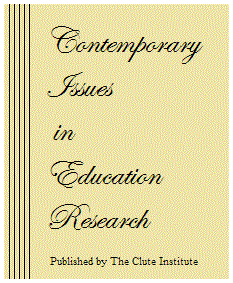Sunday, April 22, 2012
Week 4: Reading - The Art of Possibility
The last couple of chapters of the Zander's the Art of Possibility were empowering. The following were my take- a ways from practices 9-12.
-It's important to not about forcing, tricking or quilt-tripping someone into doing things your way. Enrollment is about helping to generate a spark of possibility for others to share.
- "Rename yourself as the board on which the whole games are being played. You move the problematic aspect of any circumstance form the outside world inspire the boundaries of yourself. With this act you can transform the world."
- "Invent and sustain frameworks that bring possibility. It is about restricting meanings. Creating visions, and establishing environments where possibility is spoken-where the buoyant force of possibility overcomes the pull of the downward spiral."
-"Tell the WE story-the story of the unseen threads that connects us all, the story of possibility."
-It's important to not about forcing, tricking or quilt-tripping someone into doing things your way. Enrollment is about helping to generate a spark of possibility for others to share.
- "Rename yourself as the board on which the whole games are being played. You move the problematic aspect of any circumstance form the outside world inspire the boundaries of yourself. With this act you can transform the world."
- "Invent and sustain frameworks that bring possibility. It is about restricting meanings. Creating visions, and establishing environments where possibility is spoken-where the buoyant force of possibility overcomes the pull of the downward spiral."
-"Tell the WE story-the story of the unseen threads that connects us all, the story of possibility."














